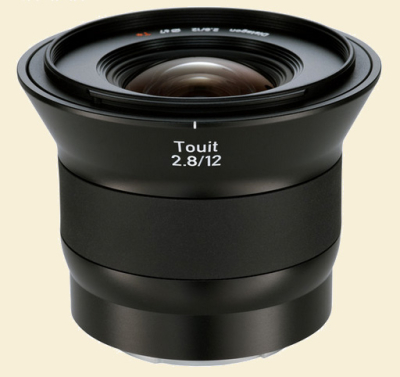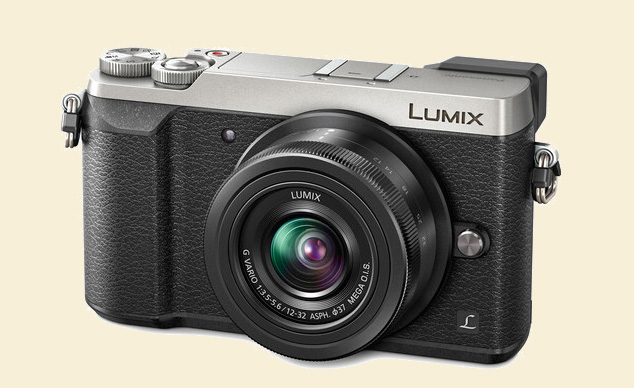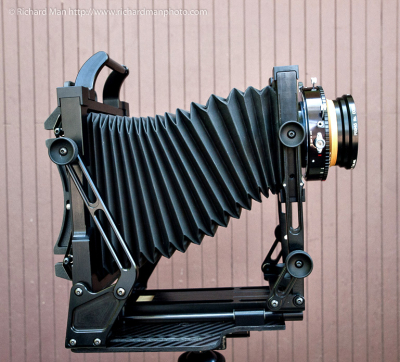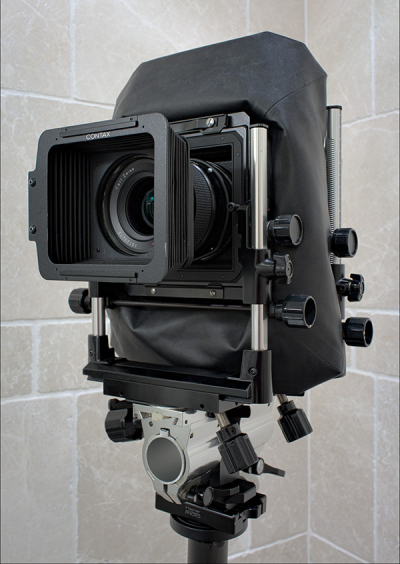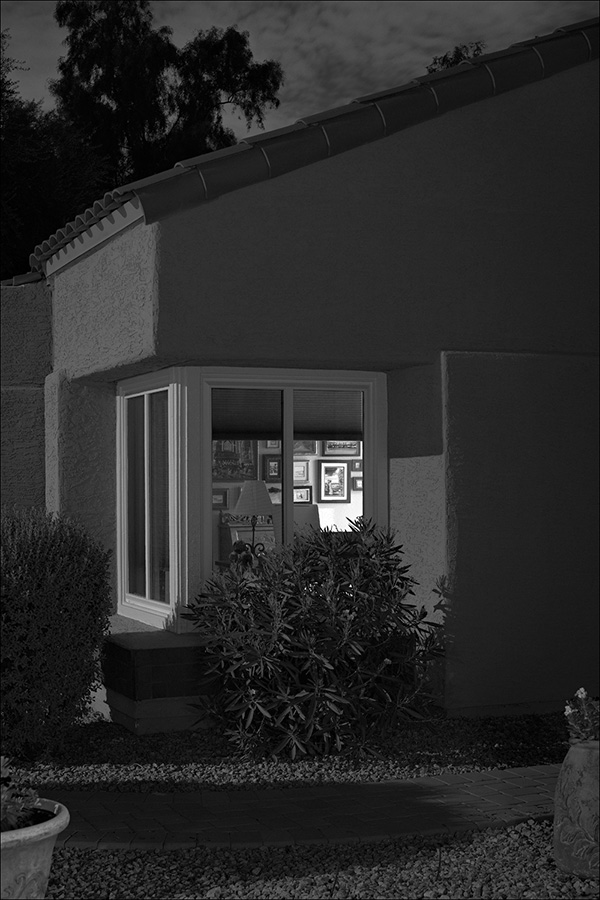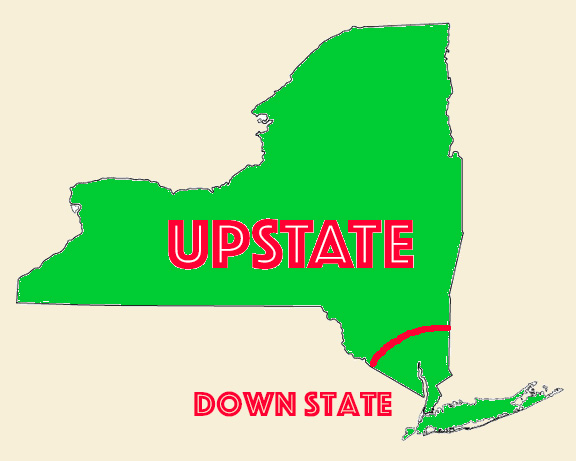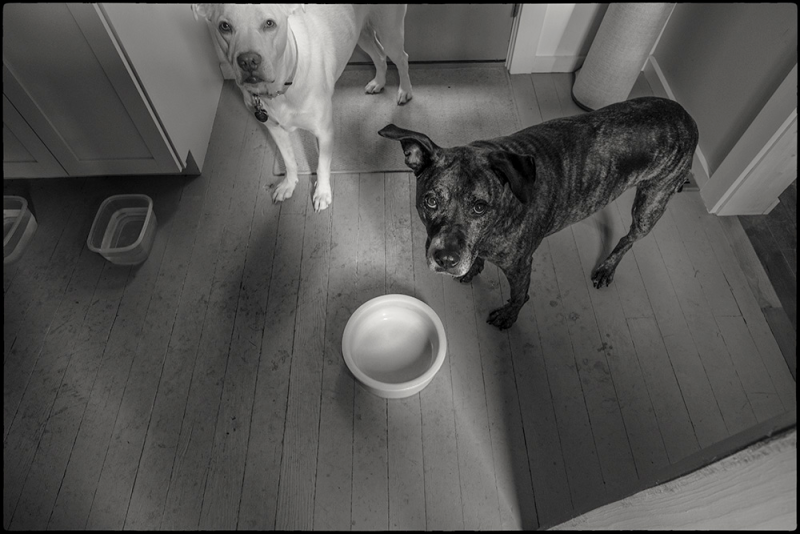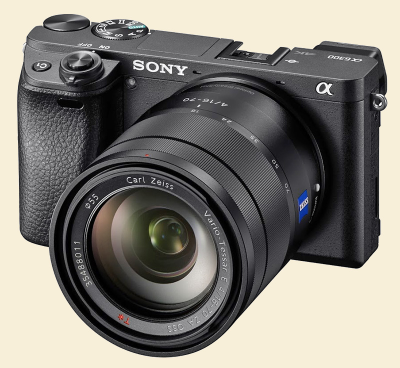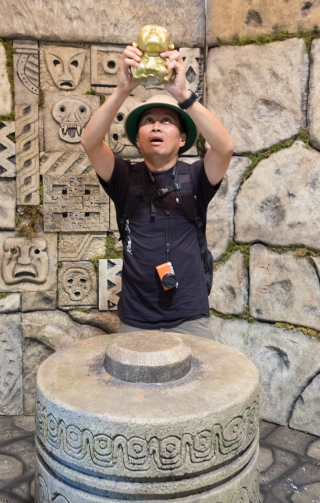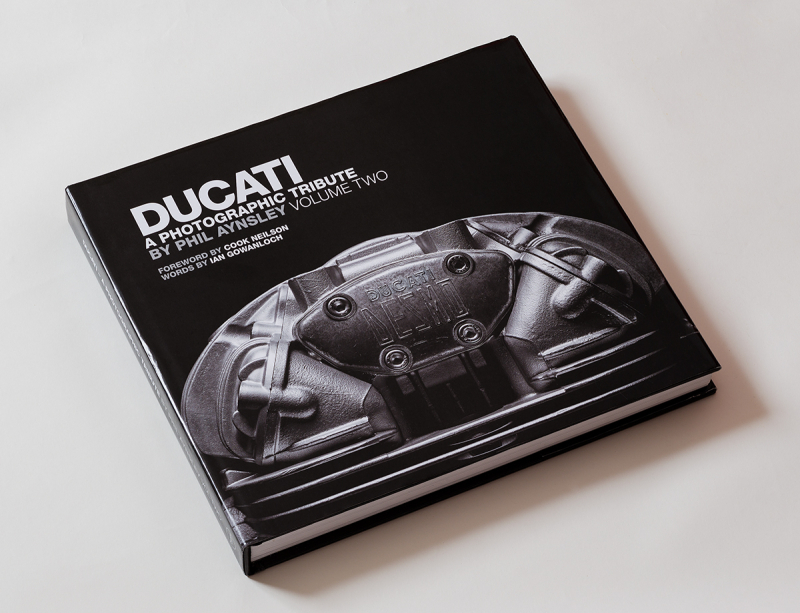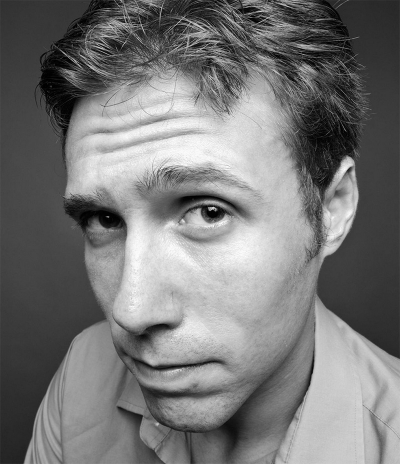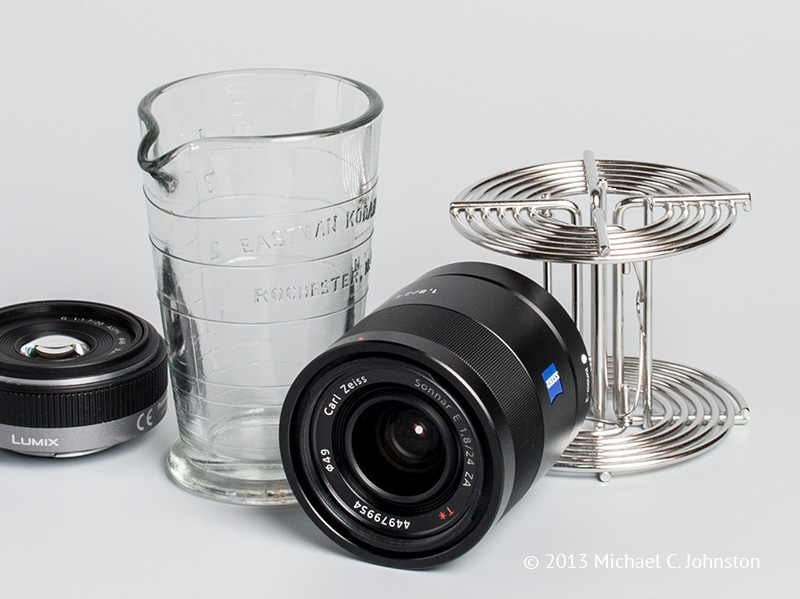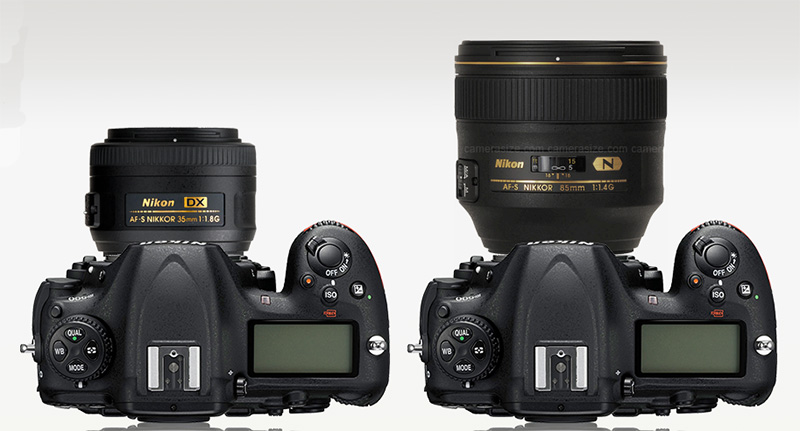There's a nice article in last week's New Yorker by Sam Knight called "Prance Master," about Olympic dressage. As usual for the magazine, the article has a different title online. Sam—who also wrote the epochal recent profile of the scintillating Ronnie O'Sullivan, the Michael Jordan of snooker—limns some of the mystery and majesty of this very ancient sport. The first dressage coach was the Athenian cavalryman and scholar Xenophon, a student of Socrates.
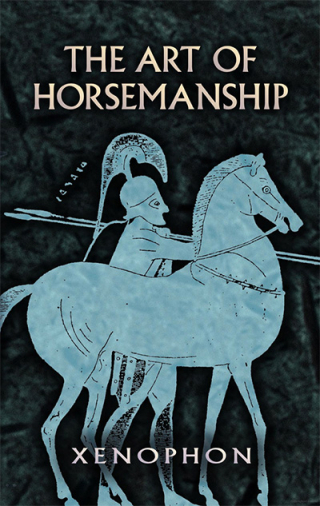
The article quotes Xenophon's "On Horsemanship" (Περὶ ἱππικῆς, peri hippikēs) for the sport's "ethical rationale," and it leapt off the page for me: "Anything forced or misunderstood can never be beautiful."
Ever since I fought my way through the dense thickets of Spengler* as a young fool, my thinking has been very free about connecting disparate arts and seeing the diaphanous ligatures that connect them (and I wish I could find that quote). I have no problem with the idea that Kerouac is closer to Pollock than either is to Satie. All art is one, really. Just as Chomsky talks about all human languages being the same, taking different forms only because language must take form, or the idea that different religions are different "clothing" for underlying mystical truths that can cannot be apprehended unless clothed.
Anyway I immediately applied that line from Xenophon to photography, and to all our recent discussions about Photoshopping and when a photograph stops being a photograph in its essence. Xenophon's lovely aphorism touches the heart what I dislike about all the "imagery" I object to and why I love the photographs I love.
Fool no one
...However our recent discussions have also made me flip my own thinking about the state of photography. It is always possible to look at something from only one perspective, but there are always more. I tend to look not only at what we have gained in the last twenty years, but what we have lost. So sometimes I mourn for what photography was that it no longer is. But now I've come around to believing it's a fool's errand to try to hang on to the values of the past when the past is gone.
I have more to say about this in the book I've been working on; no use going into it here.
But isn't that a lovely line? "Anything forced or misunderstood can never be beautiful." I used to say that the quality I loved in photography was poetic, but that was never quite right. Xenophon hit the nail more squarely...in a book about horsemanship, from the 4th century B.C.E.!
I think I'll hang that quote on my wall. Love it.
[I'll add more to this post in a bit, on a different topic—right now Butters must run!]
The only diet book worth beans
Butters is temporarily worn out, after yet another session with the much-beloved tennis ball.
I've been threatening for months to post a list of the best food books I've found in my peregrinations, and today's the day.
I got very curious about the obesity epidemic about 4–5 years ago—I don't really remember exactly when it was—and started reading up. By now I've read at least 40 books on the topic and probably skimmed that many more. Skimmed, because lots of diet and nutrition books conform to "types"—they advocate similar systems and repeat similar beliefs, and are written according to only a few standard formulas.
These are the six I think are the best, or that I think provide the best information, or that I enjoyed reading the most. I recommend all of these as being excellent on the topics of eating for health, agribusiness, and the SAD (standard American diet, now eaten by most Europeans and in many other places in the world as well). In no particular order:
Fast Food Nation by Eric Schlosser. (UK link, Book Depository link.) If there's a classic exposé of opposition to modern industrial nutrition, this 2001 book is it. A racing, bracing, incendiary, briskly-paced page-turner that you'll read on a tear. Reporter Schlosser deconstructs the fast-food industry and its products and all the ways it affects our lives. By the time the book arrives at its core, things have gotten scary and genuinely harrowing: he gives the reader a vivid look at the brutal and scofflaw meatpacking industry, in the process linking his book directly to Upton Sinclair's classic The Jungle of 1906, a book that had a huge influence on pre-WWII reformers and regulators (and that made my doctor sister-in-law give up hot dogs for life). As one review put it, "forget cholesterol—there are feces in hamburger."
Eat to Live by Joel Fuhrman. (UK link, Book Depository link.) Of all the diet books in all the bookstores in all the world, this is the best. Fuhrman is a religious type as much as a scientist: a "true believer." But really, after you've read several dozen diet books, you'll have to conclude that there is no general agreement, at all, except for one thing: fruits and vegetables are good for you. (And some gurus don't even really approve of fruits.) Fuhrman's idea is persuasive: you have to eat, so you might as well pack each calorie you ingest with the maximum amount of nutrients—by which he means eating a whole lot of fruits and vegetables. And, apropos the header for this section, lots and lots of beans. "Empty calories" like sugar and alcohol are anathema to Fuhrman, and he abhors eating meat although his diet permits it. He's not a typical "vegan" in other ways either—for instance, he considers whole grains, potatoes, pasta and rice to be calories that are mostly empty. The diet recommends jumping in with both feet with a strict six-week plan, and it is pretty amazing how much better that six weeks will make you feel. Fuhrman's Nutritarian diet is the ultimate embodiment of the "food is medicine" school of thought.
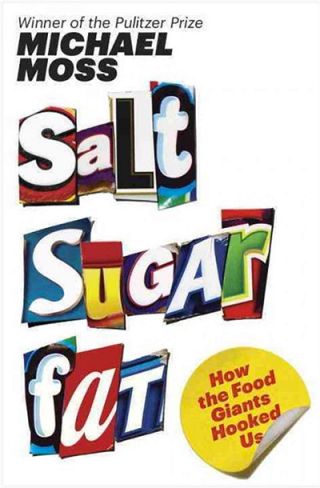 Mystified at to the cause of the obesity epidemic?
Mystified at to the cause of the obesity epidemic?
You won't be after you read this.
Potatoes Not Prozac by Kathleen DesMaisons. (UK link, Book Depository link.) This is a readable and engagingly enthusiastic account of a physiological effect that's been well documented in many places: the issue of sugar craving and its effects on blood sugar and insulin. The book has problems: its title offended many people who have been helped by the antidepressant Prozac, and its dietary advice—eat a potato before bedtime—ignored the fact that potatoes have a high glycemic index and are metabolized much like sugar...as used in DesMaisons' regime, they're basically just a sugar substitute. Oops! She even tried to reboot: she wrote another book that tried to address all the shortcomings of the first book. It didn't work—it did address everyone's objections, but the writing in the later book had all the life and energy sucked out of it too. Despite its flaws, I've never read a better or easier-to-understand book on the subject than Potatoes Not Prozac. It makes plain the fact that many people are simply addicted to sugar—since the 1970s the ideal industrial foodstuff, added to everything from soup to bread to barbeque sauce. Even today's onions have been bred to contain many times more sugar than they naturally did. Take this book with a grain of salt (wow, bad expression!), but read it if you, like me, suffer from a "sweet tooth."
The Omnivore's Dilemma by Michael Pollan. (UK link, Book Depository link.) This is the book that dozens if not hundreds of critics and organizations named as one of the best books of 2007, and the one that made Michael Pollan a celebrity in the world of food and nutrition. It's also the only book on this list that could be, and I say should be, read for pleasure by any intelligent reader, even those not necessarily interested in food. We are omnivores, and the omnivore's dilemma is: if you can eat anything, what should you eat? (Pandas can only eat bamboo shoots; being a panda means never having to ask what's for dinner.) Pollan's concept was to examine four meals in great detail, ranging from the least to the most local. For the first meal, the one most distant from its production, he ate a McDonald's meal in his car. If you imagine there's nothing to say about that, fasten your seatbelt! Amazingly, virtually all parts of a McDonald's meal are made at least in part from corn—even the milkshake!—and the long account of corn farming, corn science, and corn politics is alone worth the price of the book. Pollan's last meal featured the meat from a wild boar he hunted and slayed himself, and vegetables he grew in his front yard—about as local as it gets. Pollan is a wonderful writer and a very engaging tour guide, and this book is a not-to-be-missed treat.
Eating on the Wild Side by Jo Robinson. (UK link, Book Depository link.) This was recommended to me only a few months ago. The premise of this book is rather astonishing. Robinson makes the point that throughout human agriculture, stretching back tens of thousands of years, there are many reasons why humans have chosen to cultivate certain plants as food—but almost never has the primary reason been because they are good for us to eat. Rather, we've cultivated plants because they're easy to grow, can be harvested all at once, look good for a reasonable time after harvesting, taste good, or are easy to store. In many cases we've taken natural plants that were good for us originally and bred them for properties other than human nutrition, making them worse for us to eat than they were "in the wild." Without doing original research, Robinson spent ten years combing the scholarly literature for tips on how to choose the healthiest plants and how best to prepare them for optimum nutrition (one fun, if discouraging, fact: broccoli is indeed a superfood, but only if you eat it within six hours of harvest. And supermarket broccoli is on average two weeks old). Indispensable information for plant-eaters, and a valuable complement to Eat to Live. I've already given away several copies.
Salt Sugar Fat by Michael Moss. (UK link, Book Depository link.) I haven't been giving the subtitles of these books, but the one for this book is informative: "How the Food Giants Hooked Us." Remember the Doritos ad campaign, "Bet you can't eat just one"? Turns out vast fortunes and intensive resources have been poured into that very bet. This book takes a close look at the ways in which the food industry gets you to buy, and overeat, its products. From the account of how the industry addressed the crisis of health-conscious people avoiding the chips aisle altogether, to where all the milkfat from skim and 2% milk goes (hint: you're probably not avoiding it), to why most single cans of soup have more sodium than healthy people should eat all day, you'll get a lot of inside scoop here. According to Moss, the unhealthiest foods are processed meats, any kind of chips, and cheese. The culmination of the book is the story of Bob Drane, the inventor of "Lunchables." Drane has had to reconcile himself to being permanently ambivalent. He made millions for his employer, Oscar Meyer, and became a star in his profession—which he's proud of; but he invented a supremely unhealthy packaged meal now fed to millions of children, definitely to their nutritional detriment. He's now retired and a nutrition advocate in Madison, Wisconsin. He's still proud of his spectacular success, but he doesn't let his own kids eat the very product he invented. The book won the Pulitzer Prize.
I'm not saying those are absolutely the best books out there on eating, food, and nutrition, but those are the standouts from my reading so far. I hope one or two of them look interesting to you too.
Mike
"Open Mike" is the off-topic, anything-goes page of TOP, when we uncage the Ed. and let him be not so Hmbl. It now appears on Wednesdays.
*I know the link is to an abridged edition, but, believe me, let's admit the frailty of flesh and the fleetingness of life—you want your Spengler abridged.
Original contents copyright 2016 by Michael C. Johnston and/or the bylined author. All Rights Reserved. Links in this post may be to our affiliates; sales through affiliate links may benefit this site.
Pitch in!
Join our support campaign or buy something
(To see all the comments, click on the "Comments" link below.)
Featured Comments from:
James Weekes: "It is now printed and up in my office. Perfect quote."
Don: "The best book about food I've read in terms of what it contains and how it affects you would by Roy Walford's Beyond the 120 Year Diet. Although it's about the benefits of low calorie intake and some adherents have taken things to cult-like extreme, it's packed with info. Fuhrman I would imagine was inspired by it: certainly his reads like a recent spin on the central theme.
"Walford investigated the effects of fasting on longevity in mice. He also found himself getting hungry when locked into Biosphere 2 with the Bionauts. I spent three months sailing the Indian Ocean in 1985 crewing a vessel (the Institute of Ecotechnic's RV Heraclitus) along with three of the 'bionauts' that went into that first two-year lock-in of Biosphere 2. I could reveal a few insights into why it turned into a psychological drama with factions that wouldn't talk to each other!
"Anyway, here's the book."
Lorenzo C.: "This is why I read TOP. I love the diaphanous ligatures of disparate domains that effervesce here. Would that my life were not so practically pedestrian, but the TOP aesthetic redeems my daily Sisyphean toil (if not my camera and lens choices)."
Jona: "Thank you for the book recommendations. My wife has a gluten allergy and I always had a bloated stomach...until I stopped eating 'healthy' grains and dairy. I just started a life long dream of a large vegetable garden, but when looking for things to grow all the reviews rave over the sweetest apple, the sweetest squash, the sweetest tomato. I don't want that. As a big believer in eating how we evolved, I know that the first apples were bitter and berries were good for the colors and not the sugar. Breeders have been selecting the sweetest of varieties because sugar tricks our brains and sweet sells, just like the industrial food giants know. So I am looking forward to reading Eating on the Wild Side and growing the varieties of vegetables recommended.
"Thanks also for the Ronnie O'Sullivan article. I have a feeling it will be a great read."
Stephen Scharf: "A wonderful, beautiful quote that could be applied to so many endeavors as well as horsemanship or photography: dance, martial arts, tennis, archery, golf, even motorcyle riding...."

